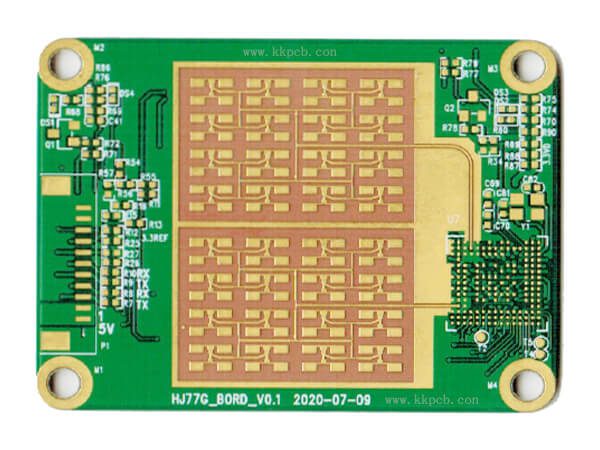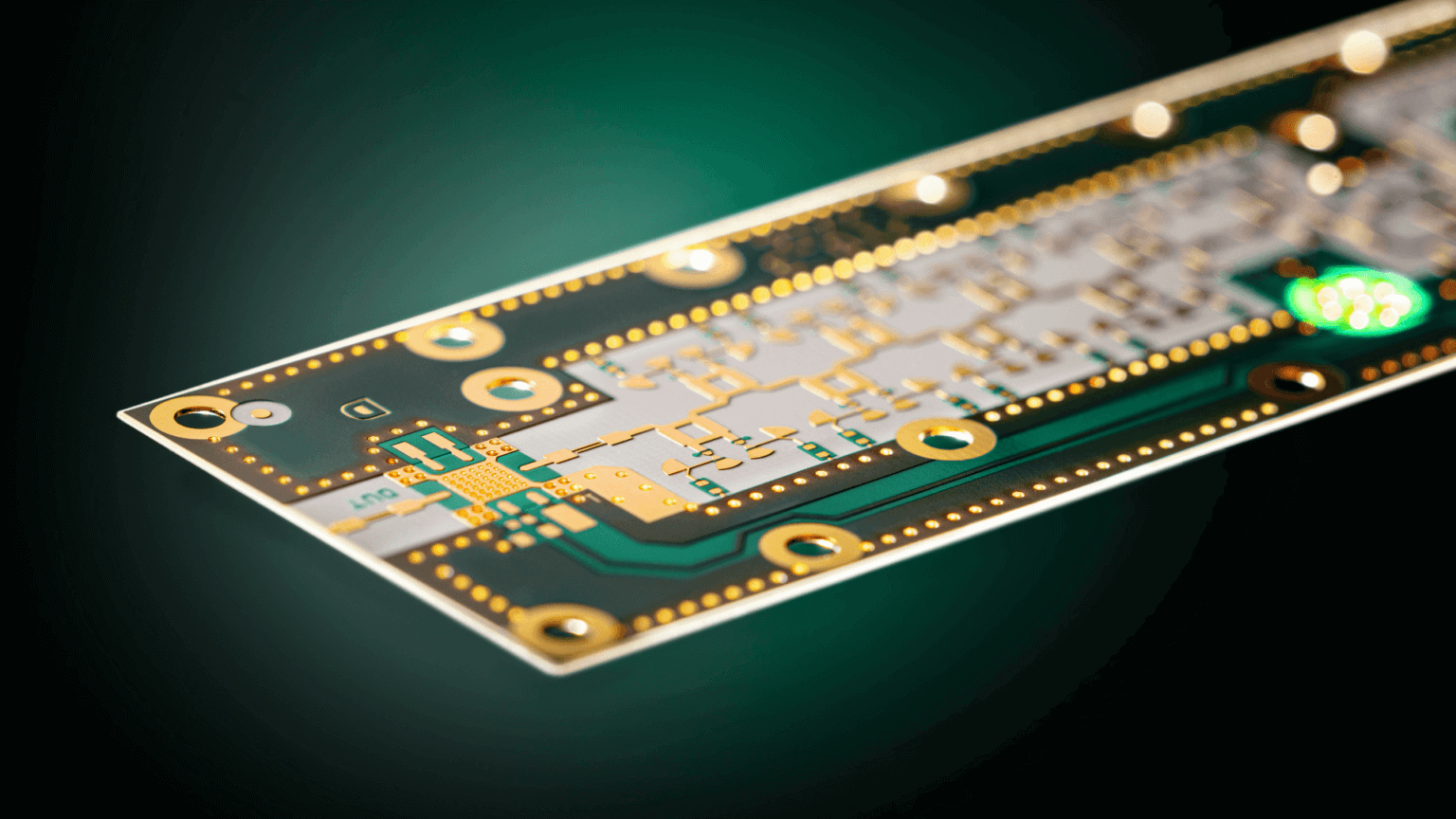High-frequency choke: When wiring the high-frequency circuit board in the high-frequency PCB design, a high-frequency choke device must be connected when the digital ground, analog ground, etc. are connected to the common ground line. Generally, it is a high-frequency ferrite bead with a wire passing through the center hol
According to the rule of thumb, four-layer boards are usually used in high-density and high-frequency situations. Multi-layer PCBs are more than 20DB better than two-layer boards in terms of EMC. Under the condition of a four-layer board, a complete ground plane and a complete power plane can often be used. Under this condition, it is only necessary to connect the ground wires of the circuits divided into several groups to the ground plane, and the working noise is specially handled
With the continuous development of science and technology, the functional requirements of electronic devices are also constantly increasing. In order to meet this demand, HDI (High Density Interconnect) circuit boards came into being. HDI circuit boards have attracted much attention for their high density, high performance and high reliability, and have become an important bridge connecting future technologies.
With the development of high-frequency electronic technology, high-frequency PCB boards are increasingly widely used in various electronic systems. Recognizing the importance of high-frequency PCB boards, understanding their characteristics, and paying attention to their application areas are important directions for current scientific and technological innovation and research and development
This article mainly focuses on the concepts and design principles of microwave-grade high-frequency circuits/microwave circuits and high-frequency PCB design in a cutting-edge field of communication products
High-frequency PCB design requires special considerations to ensure optimal performance of the board. These include rules that consider material selection, stackup, routing, and impedance control. By following these guidelines and taking the necessary steps, designers can create a high-frequency board that produces reliable results.
PCB is also known as printed circuit board, which can realize the line connection and function realization between electronic components, and is also an important part of power circuit design. Today, we will introduce the high-frequency PCB circuit wiring skills in PCB design.
With the continuous development of science and technology, the functional requirements of electronic devices are also constantly increasing. In order to meet this demand, HDI (High Density Interconnect) circuit boards came into being. HDI circuit boards have attracted much attention for their high density, high performance and high reliability, and have become an important bridge connecting future technologies.
In today’s fast-developing electronic age, PCB printed circuit boards are the heart of electronic products, and their design and manufacturing technologies are constantly improving, especially in the field of high-frequency circuits. High-frequency circuit design is not only related to the performance stability of the product, but also directly affects signal integrity and electromagnetic compatibility (EMC).
With the increase in signal transmission speed and the widespread application of high-frequency circuits, circuit board impedance control has become a key factor in ensuring signal integrity, reducing signal interference, and improving system stability

















